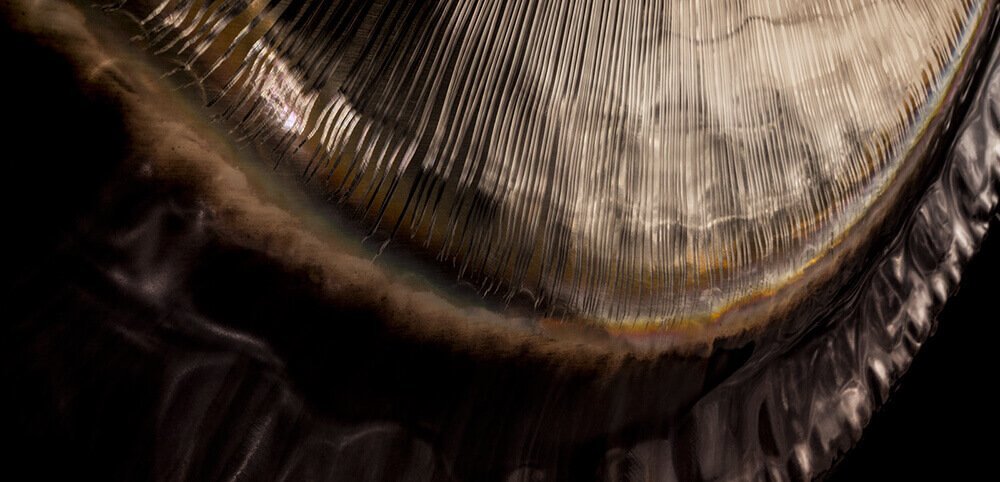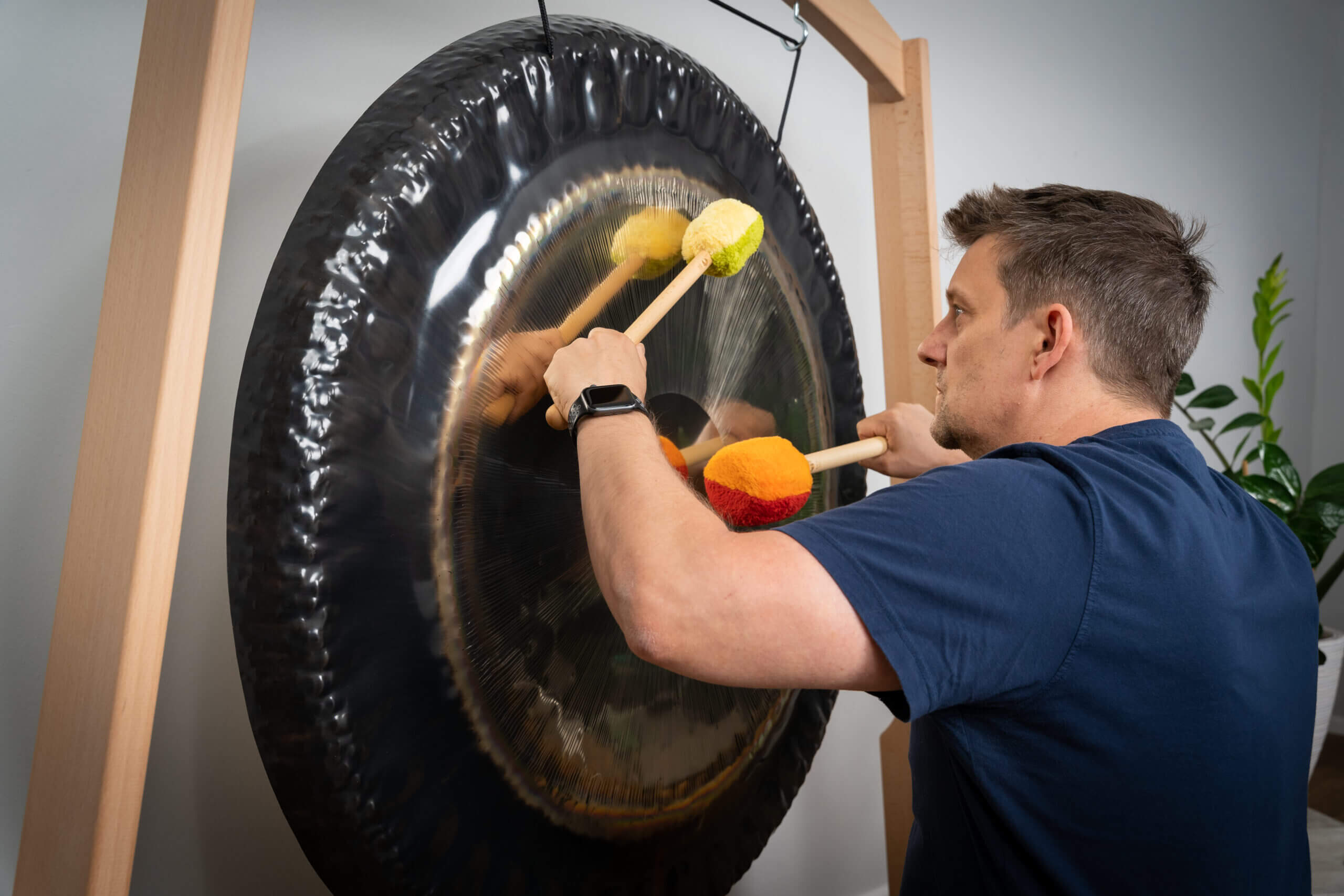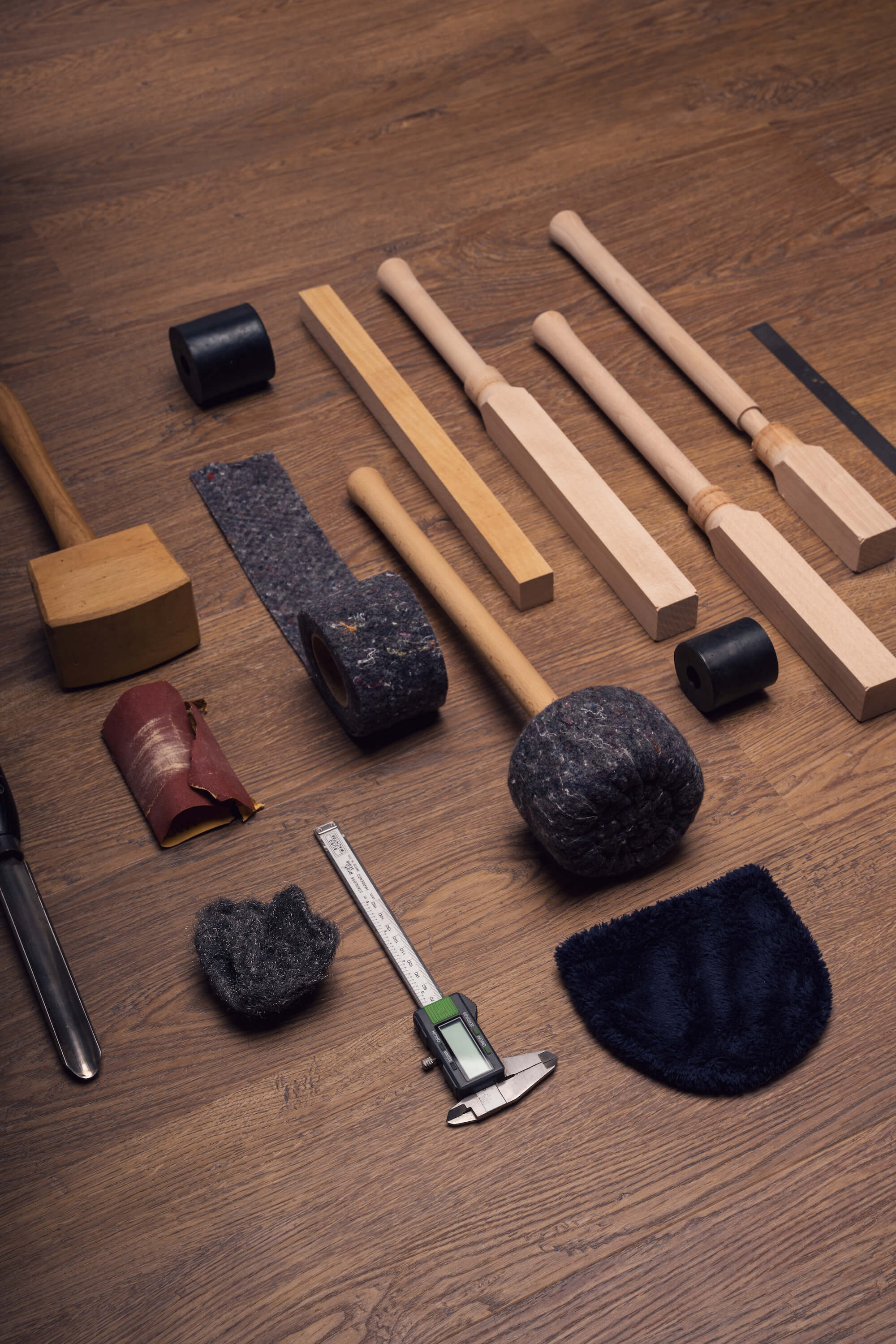It is therefore hardly surprising that the gong has been used as a musical instrument throughout the history of mankind. Later reports, for example from ancient Rome, repeatedly show what an important role the gong played in everyday life. The Romans developed the gong further and turned it into an instrument hanging on a string, which was mainly used for important signals.
What makes the musical instrument gong so special?
Due to the special volume of the gong and the different tones that could be produced depending on the mallet, the gong was ideally suited as a possible warning signal - for example in the event of fires or attacks. But the gong was also struck on joyous occasions, for example at the start of a festival, to get people's attention. However, there is not just "one gong", as the gong has been repeatedly changed and adapted throughout history. As a result, numerous types of gong have developed, each with its own unique sound.
What types of gong are there?
First of all, there are two different categories of gong: The flat gong and the humpback gong. Within these two categories, there are many other subtypes, some of which are better known, others less so.
The flat gong
The flat gong has a flat, corrugated or slightly curved plate that is only bent at the edge. However, there are also different types of flat gong. The feng gong, which lacks the curved edge that actually makes up the flat gong, is very well known. The feng gong is also more commonly referred to in the trade as a sun gong or wind gong. The feng gong is characterized by the fact that it can be played with a very light mallet and produces rather soft tones with a low fundamental tone and very fine overtones, offering a varied sound. Another flat gong is the tam-tam gong, which has a flanged rim and therefore corresponds to the classic flat gong. The rim of the tam-tam gong is directed very far back, resulting in a particularly voluminous and impressive sound.
The humpback gong
Compared to the flat gong, the humpback gong is much more widespread and is used in far more rituals. The humpback gong has a pronounced curve in the middle. But here too, a distinction is made between different subtypes: strongly curved gongs are classified as metal drums, while more U-shaped gongs are known as kettle gongs.
How are the different types of gong played?
How you play a gong depends, of course, on what type of gong it is.
Play flat gong
The flat gong is usually struck by the player in the middle or slightly outside to produce a pleasant and harmonious tone.
Playing the humpback gong
The humpback gong, on the other hand, is always struck in the middle, as this produces a particularly rich sound. But playing the gong is always a form of art. There are of course several ways to elicit the sounds from the gongs. The gong instrument can be played with different mallets to achieve different gong frequencies and gong tones. To protect the gong from scratches and damage, the head of a gong mallet is usually covered with fabric. This also makes the tones sound much softer and more pleasant. There are also so-called gong mallets, which allow the gong instrument to be played in a variety of ways. Gong mallets have a rubberized end to prevent scratches and damage to the gong.
Gong instruments and their incredible variety of sounds
Contrary to what one might expect, gong instruments have a very broad sound spectrum, which can be influenced depending on the mallet or gong-frictionfriction mallet . From deep and bassy tones to very shrill sounds, the metal body of the gong can produce exceptionally versatile tones. How a gong ultimately sounds depends on various factors. The design of the gong plays a very important role, as a flat gong produces significantly different tones than a humpback gong. In addition, the material and its processing determine how a gong sounds in the end. Many other characteristics - for example the environment in which a gong is used as a musical instrument - also influence how the gong sounds to us. Basically, however, it can be said that the gong as a musical instrument can cover a wide frequency range between 1 Hz and 27 kHz (and possibly even beyond). Because of this particular versatility, the gong as a musical instrument is often associated with the original tones and "primal sounds" of the earth.
Buy musical instrument gong at ollihess
Would you like to immerse yourself in the world of gongs and get to know this exciting musical instrument, which has an extremely long tradition, in more detail? Olli Hess has put a lot of heart, sweat and effort into the creation of his gongs. With every note, you can feel that profound passion meets incredible expertise. This is how ollihess gongs become very special musical instruments and truly outstanding products. Of course, you will also find all the gong accessories you need for meditative or invigorating gong playing in our online store, such as gong drivers, gong mallets or matching sound boxes for an even more beautiful sound. Just take a look at our online store and be surprised by the special variety that our handmade gongs have in store for you.





